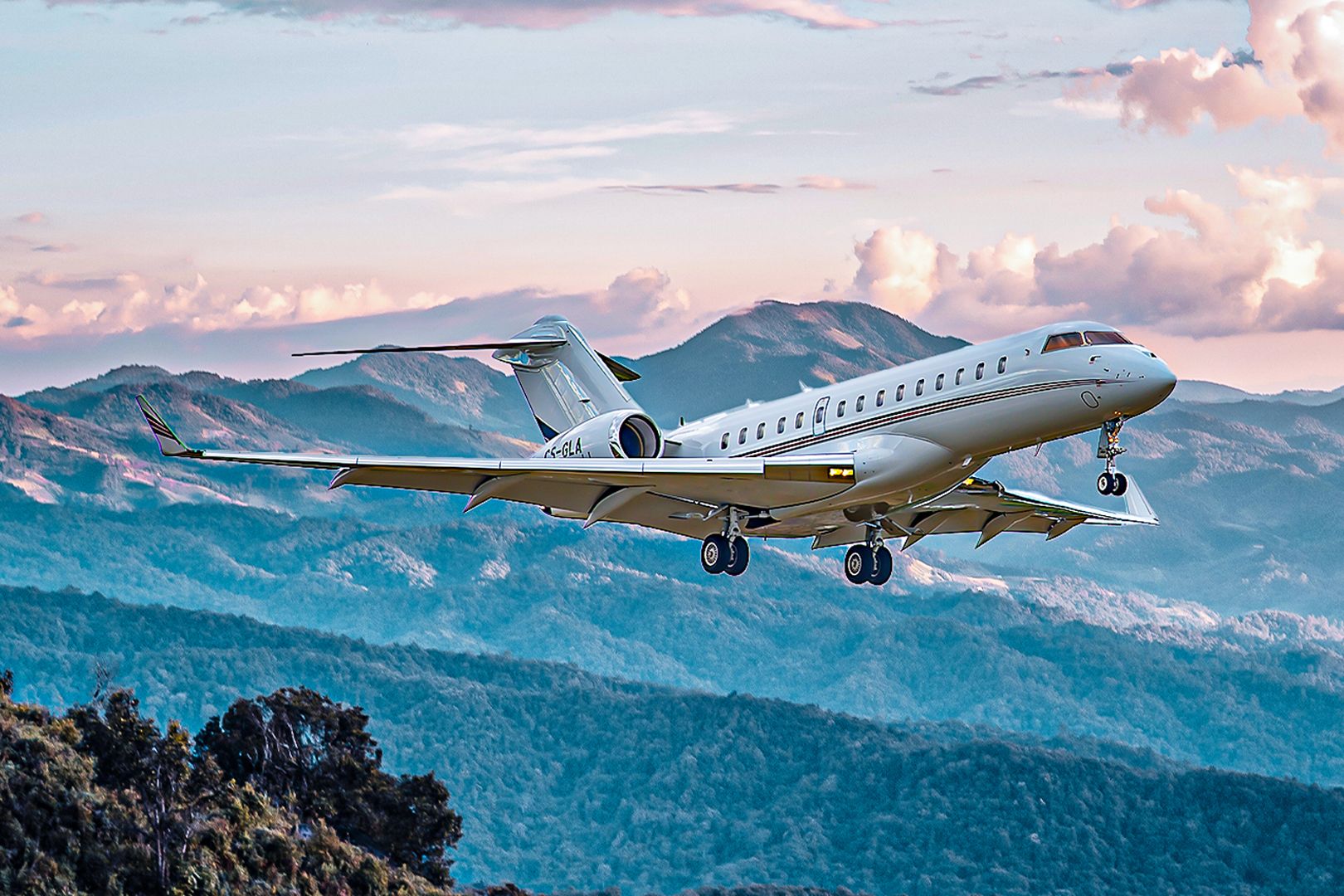Today, there are so many ways to travel by private jet with prices at both ends of the scale. Most people will just charter a flight on demand as and when they need it. Others who have the finances may take full ownership or invest in a fractional share.
However, private jet cards have become increasingly popular and a more affordable option for anyone who travels by private jets frequently. What is a private jet card? If you have ever traveled by private jet, you will be aware of jet cards and have probably been offered them. A private jet card, in simple terms, is like a pre-paid card that can be bought in increments of hours, most commonly 25, 50 and 100 hours.

You then pay a fixed hourly rate for the flight. When you travel on a regular basis, they offer a simple and cost-effective approach with less hassle than on-demand charter. You do not have to check the hourly pricing or what aircraft are available, like on-demand charter.
There are also deposit cards, where a fixed sum of money is deposited on the card and used against flights. Depending on the operator, the price can be dynamic or capped. There may also be management fees.
With dynamic pricing, it is expensive to travel during peak times, so it is worth taking into account. However, if not traveling at peak times, dynamic pricing can gain clients a cheaper flight than fixed-rate hour flights. Both save time as flights can be booked fast, by a quick call, message, or through an app, and can be on short notice.
The rates should be lower than on-demand charter, but it is worth checking what is included in the price and if there are additional fees involved. How it works? The hourly cards allow access to a category of aircraft or model for a set number of hours. On top of that, you pay a fixed hourly rate and have guaranteed availability.
You can book at short notice up to a few hours before the trip. You can book, cancel, or re-book without the price going up as it can with dynamic pricing as the price is already locked in. The deposit cards are also convenient if not used at peak times, to get the cheapest price.
Interested in finding out more about private aviation? Find more articles like this here. Some cards require that a membership fee be paid in advance. Prices for the actual flight will depend on the destination, model of aircraft and if you are making a round trip, as single trips may incur repositioning fees.
A jet card can start at $25,000 and hourly rates will be upwards of $5000 per hour. Jet cards in the US, allow for travel in all 48 US States but some include Hawaii, Mexico, Canada and the Caribbean. If venturing across to Europe, it is worth checking if the operator has a partner company there that can offer a similar hourly rate.
How it developed The concept of the jet card came about in 1997 as a response to fractional ownership programs. There was a gap in the market and its main attraction was that it offered a consistent price unlike on-demand charter but without the costs involved in fractional programs. The jet card bridged that gap and was ideal for frequent travelers, who wanted transparent flight prices.
Advantages of cards You will often have access to the latest aircraft on the market and a wide range of types. When booking a flight, members have priority over regular charter bookings. There is a service guarantee that if the aircraft booked is not available, an alternative will be found (and often upgraded).
Lifestyle partnerships and discounts are often offered to members. There are no long-term commitments and no huge investments involved. All services are individually tailored to the client's needs.
Disadvantages of cards It is always wise to check the terms and conditions, as some operators charge extra fees for repositioning flights, catering, FBO services, and Wi-Fi. Check if there are blackout days that you cannot travel and if there are peak surcharges. Cards usually last for one to three years and can expire, but many operators roll the hours over to a new program.
You may not always get the exact aircraft that you request for your trip. Operators and jet cards There are over 50 private jet card providers currently in the US. These include: Jet Linx Air Charter Service VistaJet Flexjet NetJets Please note that not all providers/operators have their own aircraft.
For example, NetJets and VistaJet have their own large fleet of aircraft. Some jet card providers broker aircraft through a select group of trusted operators. Read more: The 10 Largest Private Jets In The World Alternatives to cards If you are traveling less than 25 hours a year, it is more practical to book a charter on demand and just use the aircraft you choose and the hours needed to travel for individual trips.
Another cheaper alternative is to book empty-leg flights offered at a reduced price or pay per seat on a private jet, which is a fairly new offering by some operators. If traveling over 100 hours a year, fractional ownership is a good option over full ownership, where you just pay for a share of an aircraft, usually a 16th, although the number of shares bought is unlimited. Full ownership is only recommended if flying more than 200 hours per year, due to the expenses incurred, although these can sometimes be offset by chartering out the aircraft.
Related: What Is The Cheapest Private Jet? In conclusion Jet cards are convenient, offer fast access to flights and are cost-effective when you need to travel by private jet frequently. They are aimed at people who fly by private jet between 25 and 100 hours a year and often travel at short notice. They are an alternative to full ownership and fractional ownership, which require a significant investment.
.



















